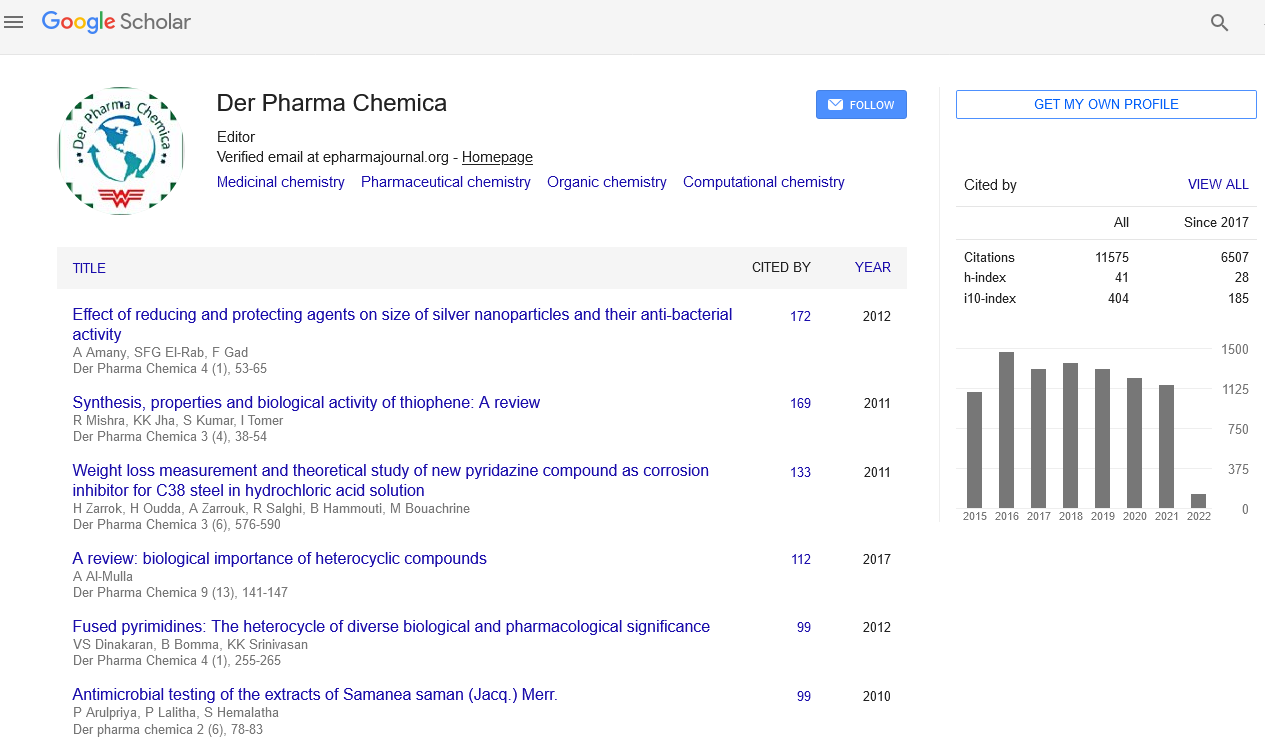Abstract
Microwave Assisted Organic Synthesis: An Alternative Synthetic Strategy
Author(s): Jignasa K. Savjani, Ketan T. Savjani, Bhumika S. Patel, Anuradha K. GajjarPharmaceutical companies have made major investments in high- throughput technologies for genomic and proteomic research, combinatorial chemistry and biological screening in order to identify more potential drug candidates at a faster pace. However, synthesis and lead compound optimisation remain the bottlenecks in the drug discovery process. Developing chemical compounds with the desired biological properties is time-consuming and expensive. Consequently, increasing interest is being directed towards technologies that allow more rapid synthesis and screening of chemical substances to identify compounds with functional qualities. Microwave heating is a process within a family of electroheat techniques, such as induction, radio frequency, direct resistance or infra-red heating, all of which utilise specific parts of the electromagnetic spectrum. These processes supplement, and in specific cases totally replace, conventional heating or drying systems used in industry. There is hardly any reaction type or name reaction that has not yet been tested in the microwave field. This is because some conventional systems are very bulky, not easy to operate, can pollute the environment due to harmful omissions and above all can be very inefficient. The major advantages of using microwaves are rapid heat transfer, volumetric and selective heating, compactness of equipment, speed of switching on and off and pollution-free environment as there are no products of combustion. Microwave leakage can certainly be kept well below government recommended levels. It has long been established that a dielectric material can be processed with energy in the form of high-frequency electromagnetic waves. The present review article describes the mechanism of microwave heating and comparison of the conventional and microwave assisted organic synthesis to improve the synthesis of the organic molecules.
Select your language of interest to view the total content in your interested language
Google Scholar citation report
Citations : 25868
Der Pharma Chemica received 25868 citations as per Google Scholar report
Der Pharma Chemica peer review process verified at publons
DOWNLOADS




